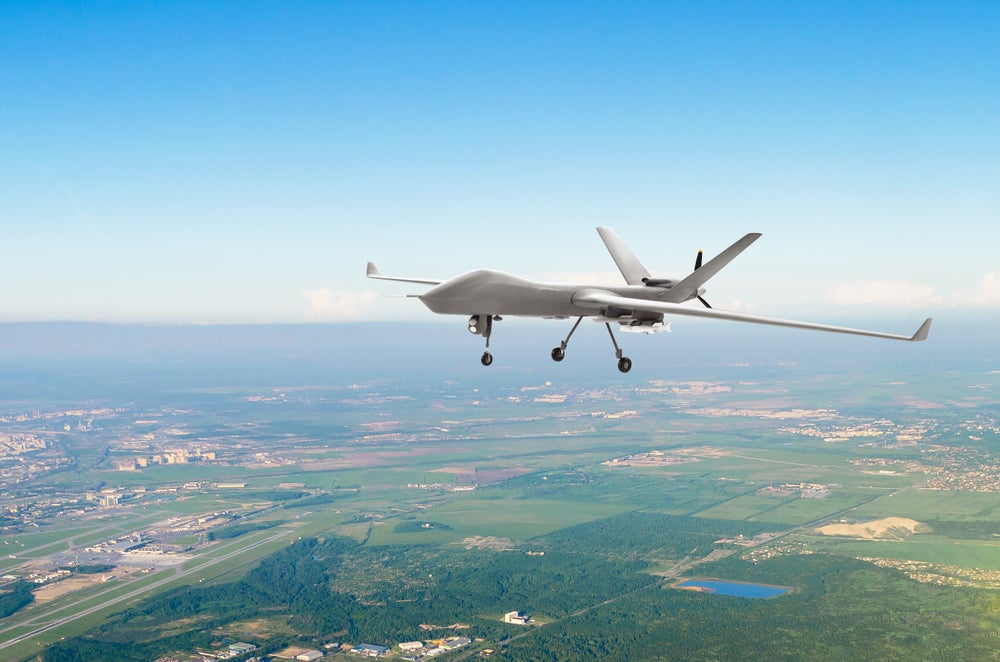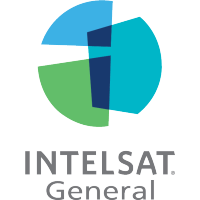
The requirements and opportunities for the use of UAS utilising satellite technology are appreciably varied among regions of the world, with many factors creating these differences: market maturity; geography; political forces; and the availability of funds and resources.
Additionally, the uses of UAS are starting to stretch beyond the long-understood framework of intelligence, surveillance, and reconnaissance (ISR), as has been defined by military practices. There are now more opportunities to address national and regional needs in a way that not only addresses current realities but helps build a framework for future requirements as well. More than just purely military operations, this includes inter-governmental opportunities and joint civil-military requirements.
No matter where an organisation is located, access to stable and safe high-throughput telecommunications remains a common focus and will only increase over time. Top priorities for users include communications technologies that are platform agnostic, high-performing, and offer secure connectivity when and where it’s needed, with seamless integration across space and terrestrial networks.
Benefits of UAS for military infrastructure
The benefits that UAS can have for countries’ military infrastructure include:
- Reduction in the risk to human life
- Economic savings in low-cost platforms with onboard sensors
- Accessible in remote and hard to reach areas with no terrestrial infrastructure
- Real-time overview of the area of interest
- Data acquisition with high temporal and spatial resolution
- Controllable from distant command centres
With all these benefits, UAS have become the norm for applications such as maritime patrolling, allowing manned missions to be dedicated to more mission-specific tasks.
As the technology has developed, offering more ISR capabilities, including full-motion video, improvements in satellite communications are also delivering more opportunities.
The need for reliable, high throughput communications has driven the development of smaller, mobility-friendly terminals that support new bandwidth-hungry and time-critical applications. The demand for comprehensive, end-to-end security that keeps the data safe is also increasing. A network needs to deliver the highest level of network uptime and enable users to avoid disruptions in data collection.
Read our whitepaper to learn more about UAS and Intelsat’s services, providing immediate access to reliable, secure, high-throughput communications for military and civilian government applications.


